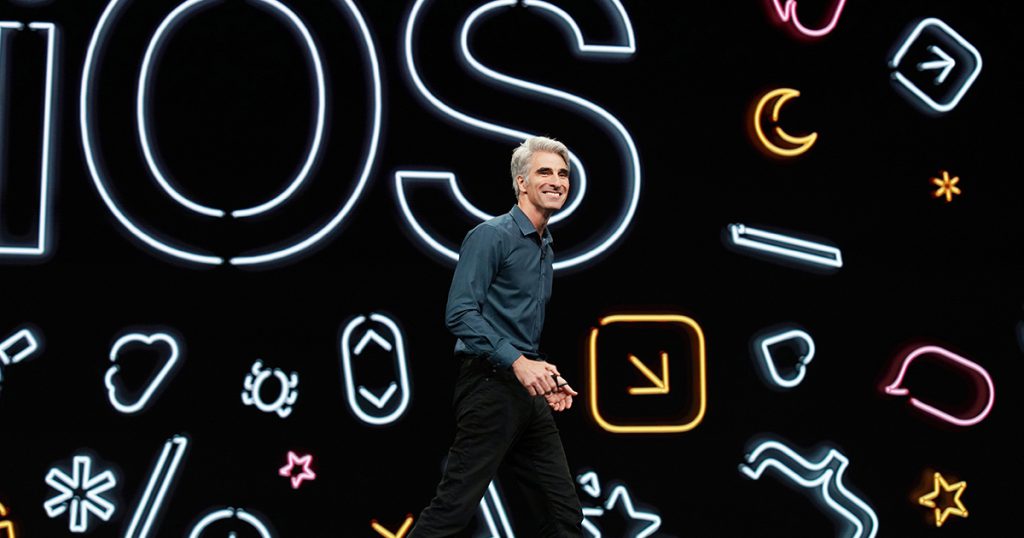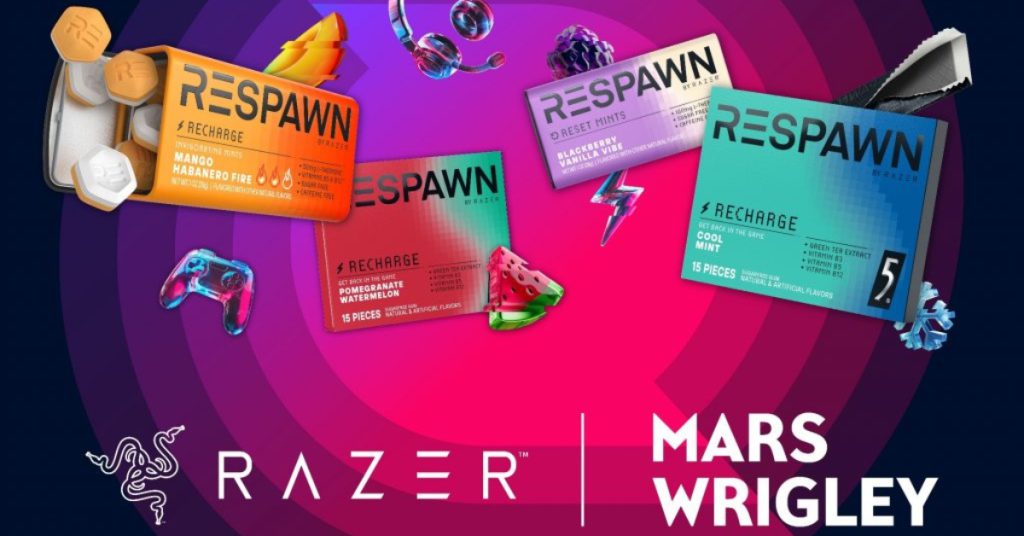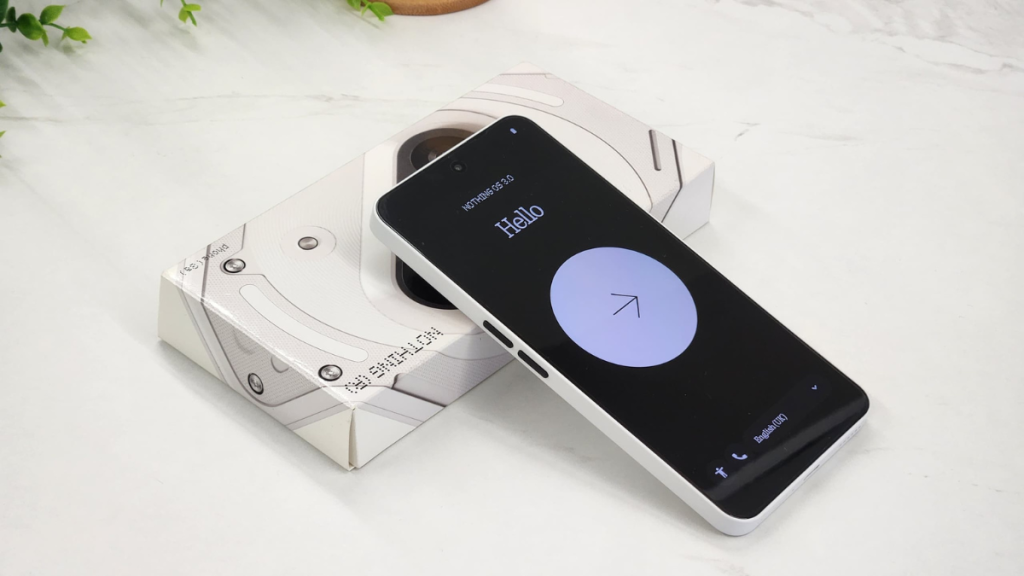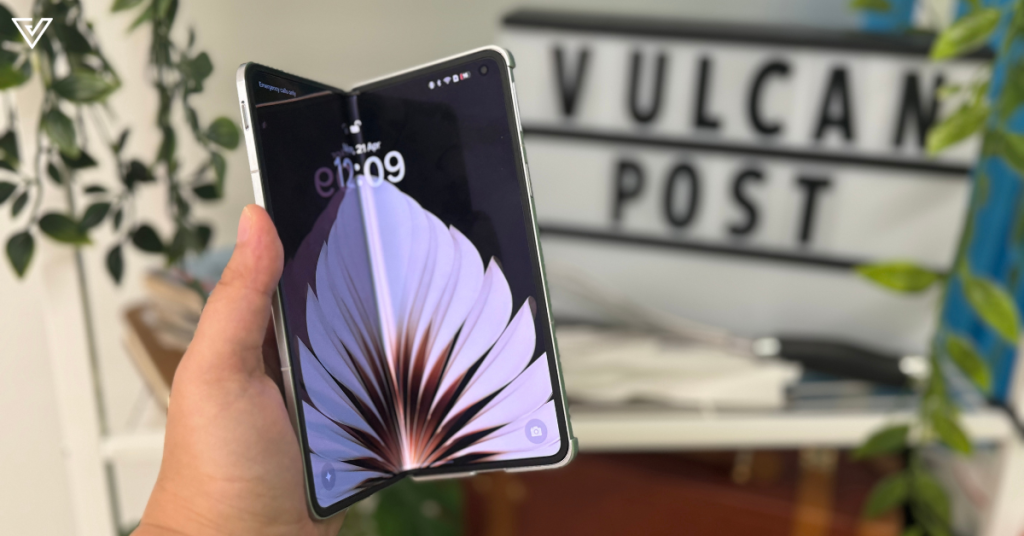Yesterday we posted an article on what to expect at WWDC 2019, and well…it looks like the rumours were pretty much on the money.
The highly-anticipated Dark Mode was finally added to iPhones and iPads, the Apple Watch received its own independent App Store, and iTunes splintered into three separate apps (Music, Apple TV and Apple Podcasts, in case you were wondering).
Of course, Apple still had a few tricks up its sleeve, so here are three (welcome) announcements that we did not see coming.
Hello, iPadOS

In a continued effort to turn the iPad into a bona fide mini computer, Apple’s tablets now run on a separate operating system fittingly dubbed iPadOS. It uses iOS as its foundation, but adds some unique features to take advantage of the iPad’s larger display.
The changes are immediately apparent thanks to a new home screen, which has been redesigned to accommodate more apps on each page. Today View can now be added as a permanent fixture as well, allowing users to access essential information from your favourite widgets without needing to swipe.
On the multitasking side of things, an update to Split View allows users to open multiple documents from the same app (eg. opening up two emails or Word documents), and iCloud support has been added to the Files app for convenient document management and sharing.
iPadOS now also offers support for external drives like USB drives and SD cards, which is great for getting things in and out of the iPad quickly.

Safari on the iPad now shows websites in their desktop versions, and have been optimised for touch controls to make web apps like Google Docs and WordPress more intuitive. Text editing has been given several new gestures as well, making cutting, copying, pasting and undoing text easier than ever.
And considering how integral the Apple Pencil has become to the iPad’s ecosystem, it’s no surprise that Apple has made improvements to the accessory as well.
Its response time has been improved from an already-impressive 20ms to an even more impressive 9ms, and users can now swipe the pencil from the corner of the screen to capture entire documents/web pages for easy editing.
Other new features include custom font support and a new “floating keyboard” that’s designed for one-handed typing. We’re still mildly skeptical on whether the iPad can replace a laptop as our daily driver, but it’s definitely heading in the right direction.
Apple Watch: Saviour Of Ears

The new WatchOS 6 comes with a host of new apps for Apple’s smartwatch — Voice Memos and Calculator will finally be added (the latter of which can split checks, by the way), and the new Cycle Tracking app can even help women track their menstrual cycles.
One of the more interesting apps, however, is Noise, which was created to help protect users from hearing loss. Using the Apple Watch’s in-built microphone, the app will identify when you’re in a dangerously loud environment (concerts, construction sites, etc) and advise you not to stay in that area for an extended period of time.
Noise is available as a complication that’ll react in real time, but you don’t have to keep checking it to get full mileage out of the app. When the watch detects a sound that’s 90 decibels or higher, the app will automatically notify you of a potentially harmful noise.
Hearing is something that we admittedly take for granted, so it’s nice to have something that’ll remind us from time to time to take care our ears.
Prevention is better than cure, after all.
Privacy, Apple Style

Apple has been emphasising the importance of protecting your privacy (timely, considering the numerous data breaches we’ve had in recent months), and it looks like they’re doing their part with something called Sign In With Apple.
This new tool allows users to sign into websites and apps using their Apple ID instead of their emails. By authenticating with Face ID or Touch ID, no personal data is passed to third-party companies.

In the event that you do want to use an email address, Apple also gives users the option to generate a “dummy” email that’ll act as a placeholder and forward relevant messages to your actual email.
Each dummy email will be unique for each website or app, so you can conveniently disable them if you want to stop using them.
Apple says that Sign In With Apple will be a requirement for all apps that support third-party sign in, so Apple users are going to get a huge bump in privacy protection when the feature becomes commercially available later this year.
Featured Image Credit: Apple














